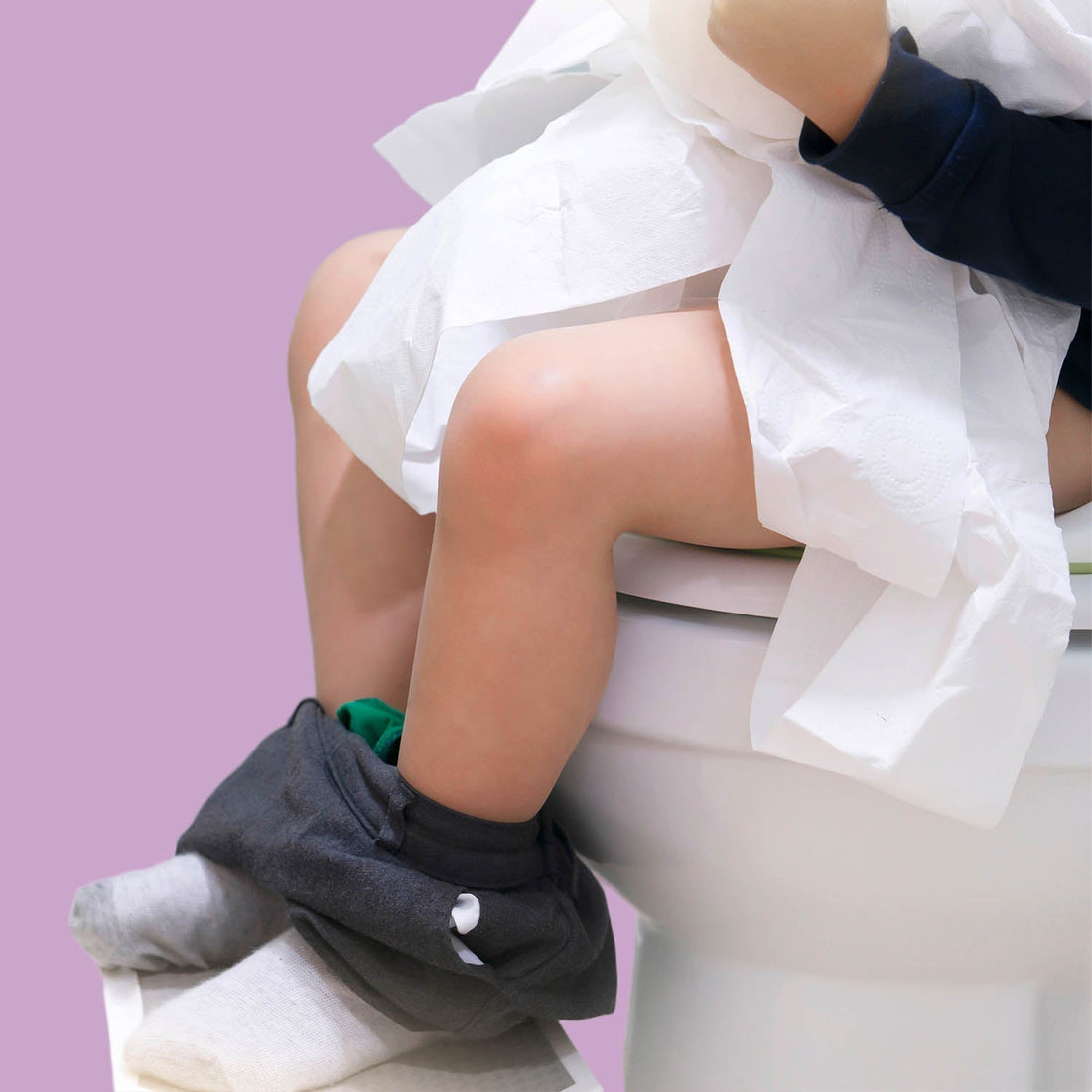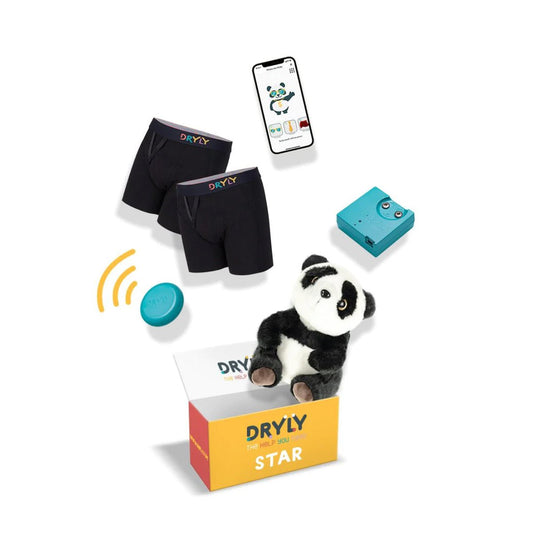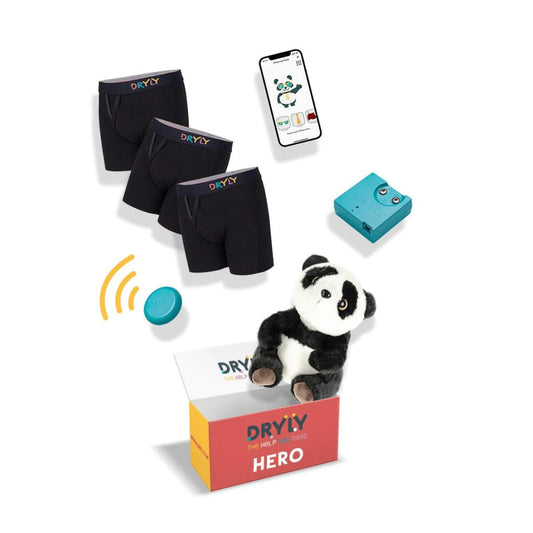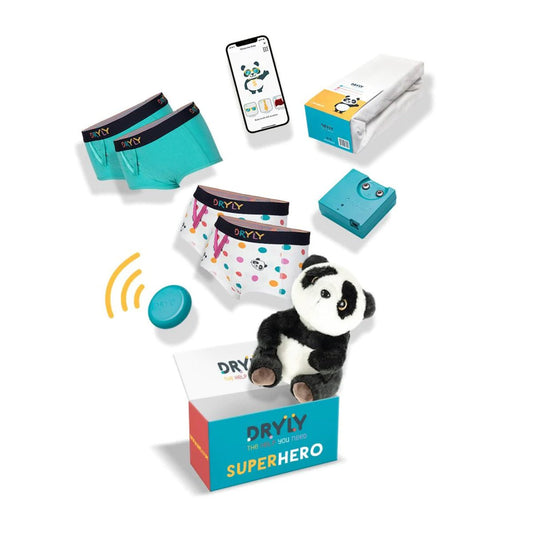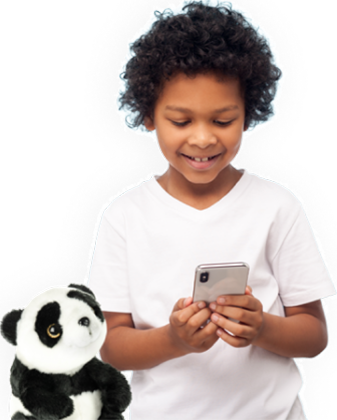It was a quiet Saturday morning when little Pieter first looked with amazement at the potty that had been sitting in the corner of the bathroom for a few days. For his parents, this was an exciting moment; they were about to take a big step in his young life. Potty training, it may sound like a simple step, but for many parents this is the beginning of training towards potty training. This blog explains what this training entails and when to start it.
What is potty training?
Potty training, also known as potty training, is a process by which a child learns to go to the toilet independently and no longer needs diapers. In many cases, this training is used. This is training with a potty or a child's toilet seat to make the transition to a regular toilet more accessible. This helps children develop skills needed to go to the toilet independently , this is an important first step for a child to achieve potty training.
When is my child ready for potty training?
There is no specific age to attach to potty training, this is different for each child. In general, it can be said that after 18 to 20 months the sensitive period of potty training occurs. But even this is not a fixed fact, there are children who want to start the annoying bedwetting problem earlier but there are also children who do not feel the need to do this yet. It is therefore important to listen carefully to your child.
As long as your child is still afraid or has no desire to start training, then it is important to respect this. If children have to do something they don't feel like doing, they will resist. This can make learning skills take longer including potty training.
You can tell by some signs that your child is ready to start. If you recognize your child in one or more of these signs, you can start training.
- Children who are curious about what happens on the toilet, and want to watch and/or ask questions about what happens often show a willingness to learn on their own.
- Your child can self-identify that he or she has a wet diaper by telling you or indicating with movements what is going on.
- Your child feels that he or she has a full bladder.
- Children who are independent and, for example, dress and undress themselves are often also ready to take the step.
- Your child has dry diapers for an extended period of time.
- Your child no longer wants to wear diapers, but wants underpants.
When one or more signs appear and your child wants to start by himself, you know he or she is ready. So watch and listen carefully to your child.
What do you need for potty training?
Children prefer to pee sitting down with their feet on the floor. This is also the best position for boys. This allows your child to sit relaxed without feeling like they have to push. You can also choose to place a seat on top of the toilet seat, but this will be less comfortable for babies.
Always make sure that the potty is in a comfortable place, discuss this with your child. This way he or she also has a say in potty training. Put a nice toy, cuddly toy or book next to it to make it as relaxing as possible, besides it is very exciting for the child.
In addition to a potty and a positive environment, it is also important to give your child a dose of positive attention. Don't get angry when it doesn't work or when your child pees on the side of the potty. When you get angry at your child, it makes them feel insecure and inhibits their progress.
How do you start potty training?
First of all, it is important to choose a potty together with your child that your child feels comfortable with. When your child is used to the potty, you can start by putting your child on the potty regularly. Make sure not to keep your child on the potty too long, 2-3 minutes is often enough. Give your child a nice feeling by, for example, reading a piece from a book during these 3 minutes.
There are some guidelines after which it is best to put your child on the potty. Below are some of these set times:
- After waking up, this is often a time when babies need to pee.
- After meals and snacks, digestion can stimulate the bladder and bowels.
- Before bedtime, put your child on the potty before bedtime, both at night and before the afternoon nap.
- At signs of having to pee or poop, watch for signals from your child such as wiggling, becoming quiet or going to a corner. Quickly put your child on the potty if you notice these signs.
It is important to remain flexible and adapt to your child's needs. Some children can stay dry longer and need a potty less often, while others need to go more often. Consistency and patience are key here.
What to do in the event of a relapse?
It is not uncommon for your child to have a relapse; a lot can happen in a short period of time. For this reason, never get angry and show understanding. Make your child feel comfortable and bring back motivation if needed.
Important tips during potty training
- Provide clothes that are easy to take off so your child can take them off quickly.
- Let your child drink enough, this provides more chances to urinate and therefore a faster learning curve.
- Not too long on the potty, do not force your child to sit for too long.
- Observation, take your child to the toilet sometime so he or she knows how it works.
- Always remain motivating towards your child.
- Reward your child in between times, this boosts motivation even more to achieve good results faster.
In conclusion, potty training is an important step in your child 's potty training development. By recognizing the right signals and providing a supportive and encouraging environment, parents can help their children reach this milestone. With the right tools, an encouraging attitude and a good schedule, it will be an educational and fun process for your child. Ultimately, the result is not only a step toward potty training but also independence.
